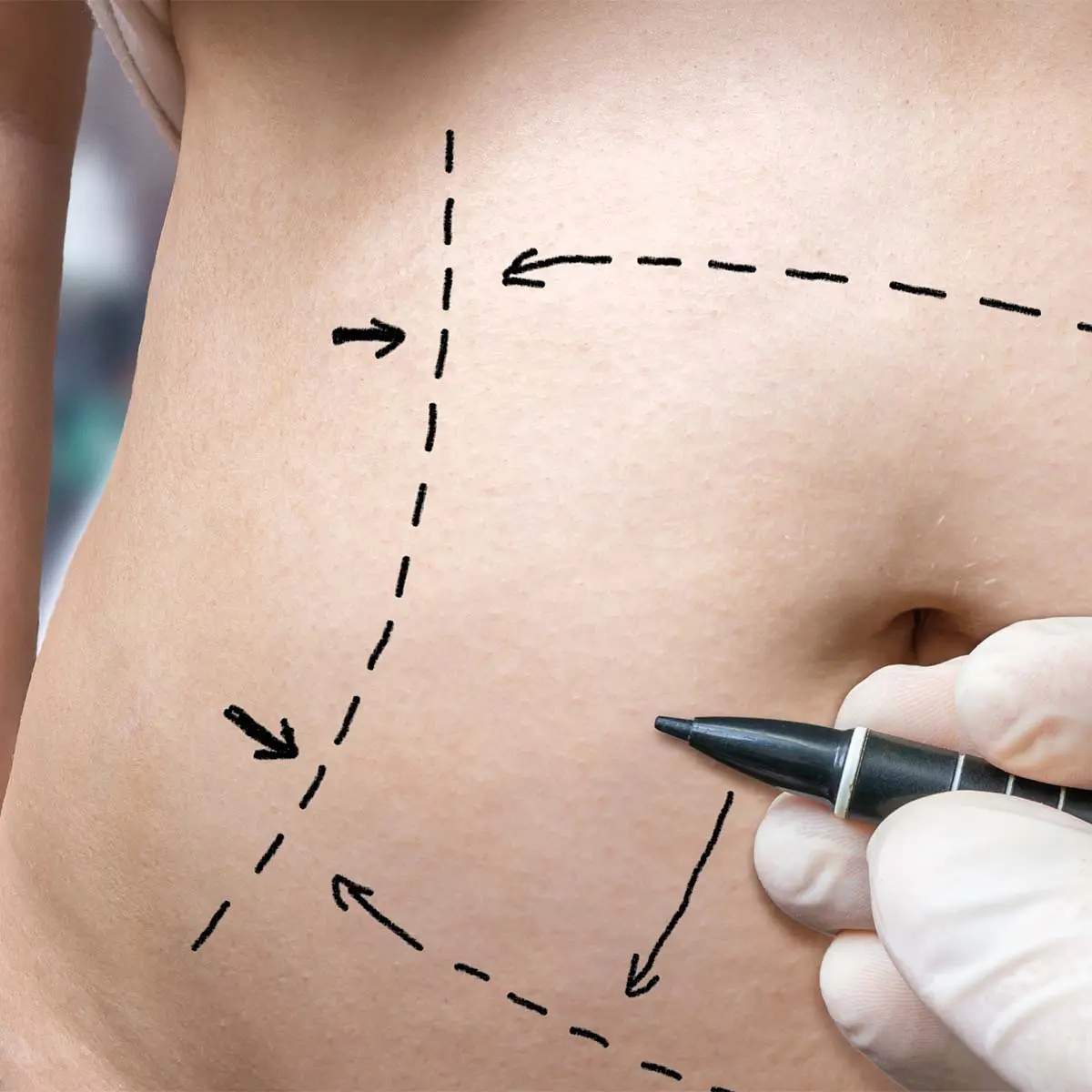Abdominoplasty
Dr. Kameron s. Rezzadeh
Abdominoplasty – also known as a tummy tuck – is a common procedure designed to correct changes following pregnancy or significant weight loss.
Abdomen Fails to Regain It's Shape
Within the abdomen lies a resilient structure known as the abdominal fascia, consisting of connective tissue and muscle. While it possesses considerable strength and can withstand stretching during pregnancy and weight fluctuations, sometimes it fails to regain its original shape, resulting in a bloated appearance.
How Ageing Affects the Abdomen
The aging process can also lead to unwanted changes in the abdomen. Whatever the cause, a combination of excess or loose skin or simple stubborn abdominal fat can lead many to consider a tummy tuck procedure. Board certified plastic surgeon Dr. Kameron S. Rezzadeh skillfully performs abdominoplasty at Contour Dermatology & Cosmetic Surgery Center, helping patients achieve a slimmer and more flattering profile.
Differences in Types of Tummy Tucks
There are a few variations of the procedure. The standard or full tummy tuck is designed to treat both the upper and lower parts of the abdomen. Meanwhile, the mini tummy tuck only addresses the lower abdomen from the navel downward. An extended tummy tuck resembles a full one but removes additional skin on both sides of the abdomen.
How is Abdominoplasty Performed?
Abdominoplasty procedures are performed under general anesthesia and can take anywhere from two to three hours to complete depending on the extent of excess skin that needs to be removed. A full tummy tuck incision is created several inches above the pubis area, an easy to hide area post-procedure. Liposuction is often done on the sides of the abdomen and along the flanks to achieve a well-defined waistline from all angles. The abdominal fascia is tightened with permanent sutures and remaining skin is then repositioned over the newly tightened structure.
Downtime & Next Steps
A tummy tuck may require a leave from work for up to a month to ensure the best results possible. A specially designed garment or bandage to minimize swelling and support the abdomen as it heals will likely be required. An abdominoplasty is not a scar-free surgery. However, the length and size of scars depends on a variety of factors, including the amount of skin removed, an individual’s unique ability to heal and the tummy tuck method employed.


















